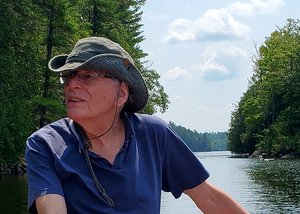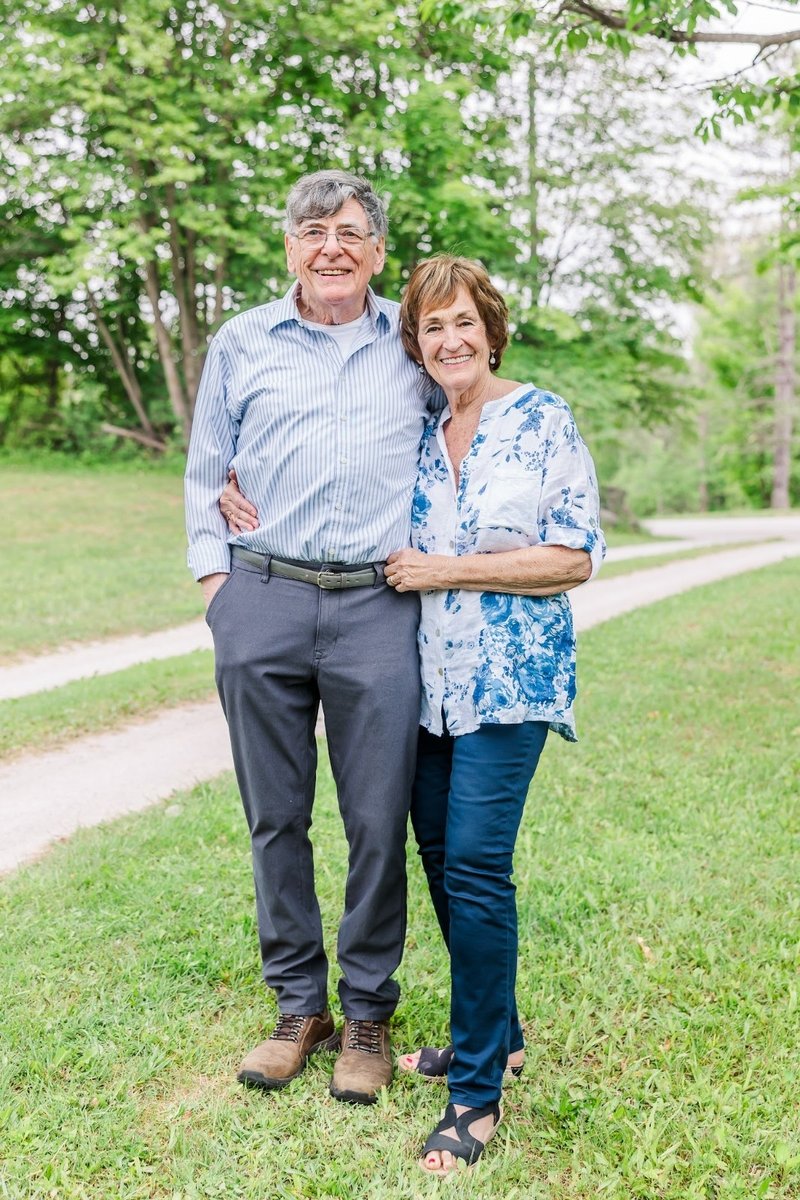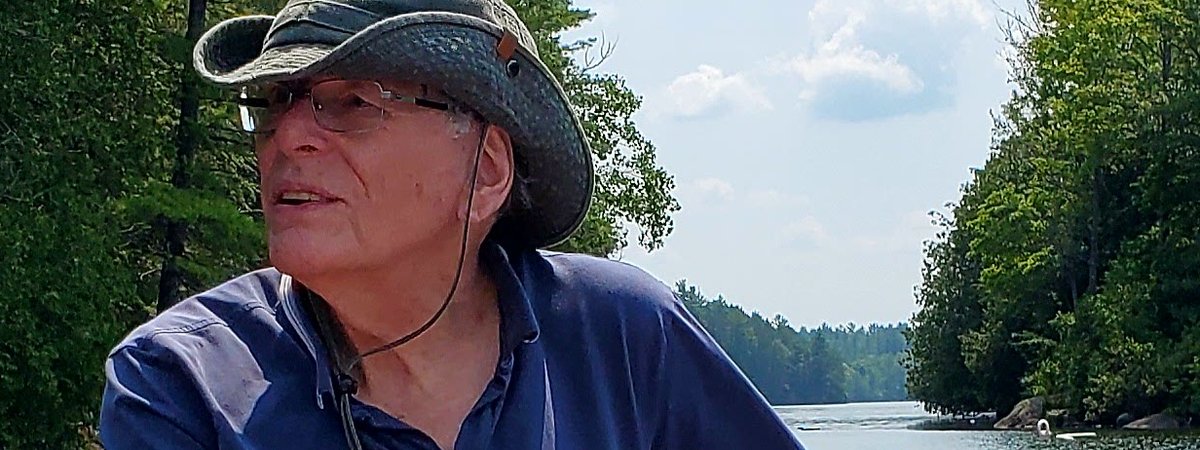Welcome to the Emeriti Profile where we ask one of our emeritus faculty questions about their careers and what they have being doing since retirement. Is there a faculty member whom you recall from being a student and are wondering what they are up to? Do you have fond memories of a certain instructor? Tell us who they are and we will try to connect with them for an update.

Can you tell us about your educational background starting from your undergraduate degree?
My early pedigree includes:
1961: BSc. (Eng-Sci) & MSc. (nuclear physics) at Queen's University.
1962 - 1963: Electrical engineer at Algoma Steel Corporation.
1964 - 1967: PhD (nuclear physics) Univ. of Saskatchewan.
1967 - 1969: NSERC Post-Doctoral Fellow at Kelvin Lab, Glasgow University.
1969 - 1971: Lecturer in Department of Natural Philosophy, Glasgow University.
1971 - 2005: University of Toronto teaching undergraduate and graduate courses in the Physics Department.
What are your fondest memories of being a faculty member in the U of T Physics Department?
In my years at U of T, where a large physics department supports a variety of choices for careers in physics, our department provides a friendly and cordial atmosphere with dedicated faculty and staff. From my perspective, I joined to work with Dr. Carl Westcott and Dr. Warwick Knowles then at Chalk River (AECL), on a proposal for a storage ring addition to the 60 MeV electron linear accelerator located in the McLennan Laboratory basement. However, NSERC funded a competitive proposal from the University of Saskatchewan, and the efforts of my students, postdoc and the Chalk River collaborators in building a Photon Monochromator with fission chambers and detectors, which needed an electron beam of high duty cycle, were moved to a new superconducting electron microtron at the University of Illinois. Here, our students designed a system to transport the beam to our monochromator, which resulted in photo-fission measurements of Thorium. Meanwhile at U of T, Professors David Rowe and Sam Wong authored the "Open-Shell Random Phase Approximation" to describe excitation and decay of atomic nuclei. My students with Prof. Sam Wong and myself, set about experiments to excite nuclei with beams of photons at Illinois, electrons at MIT Bates, protons at the Indiana University Cyclotron facility (IUCF), and protons and pions at TRIUMF on the UBC campus. We were later joined at TRIUMF by our U of T colleagues Profs. Dick Azuma and Jim King.
These efforts culminated with published papers led by our students and post-doctoral fellows. Later experiments were performed in collaboration with the "8pi spectrometer and superconducting cyclotron group" at Chalk River, using heavy ion beams. This extended period of activity from 1971 to 2005 is illustrated on my website in the Physics Department.
Here some specific papers with our Ph.D. students and postdocs as principal authors are displayed, giving a flavour to research in physics. From 2005 to the present, my group activity has been with an inter-varsity team using the ISACII and ARIEL accelerators at TRIUMF to produce radioactive beams with an emphasis on astrophysics. This endeavour is led by our former students and research associates, who are now leading scientists at Canadian universities and laboratories.
So, from the shadows of this current generation of science seekers, I would like to say that my tenure at U of T has been extremely enjoyable and challenged by interaction as teacher and as collaborator with our students: their enthusiasm, motivation and perseverance is truly remarkable.
How have things changed since you were a faculty member?
Going forward, I do have some concerns. The gap between high school and a university entrance syllabus has been made even wider by COVID, which presents a serious problem to entrance level courses and career paths. It used to be addressed with province-wide entrance exams but now?
What have you been doing during more recently?
I have recently read two new books (easy reads): One entitled "Hero of Two Worlds" by Mike Duncan, which covers the French and the American revolutions 1750-1850 and portrays existing factions in the European and the American cultures, which seem to me to resemble those in our society today. A second book on psychology, "Think Again" by Adam Grant, presents many examples from various parts of our current culture which may foster an essential skill for communication between these factions, and I think should make an excellent course in our high schools.


